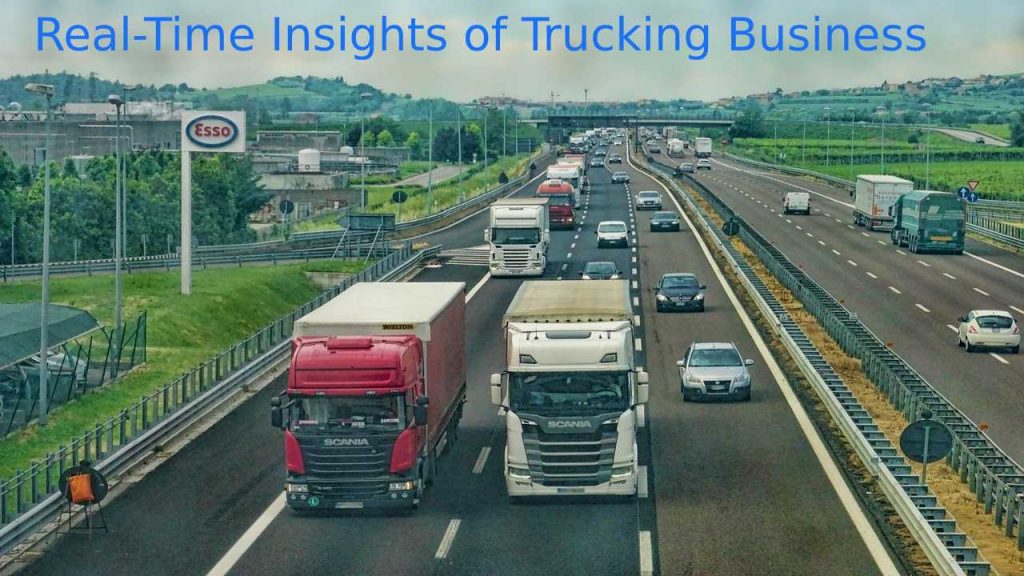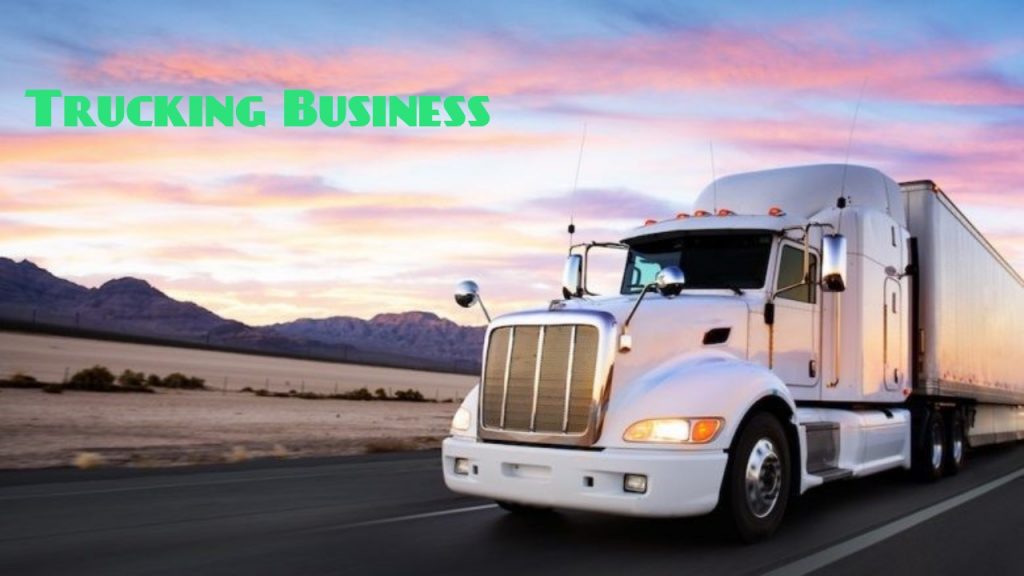In the United States, trucking is a big deal: trucks handle 71% of all the freight in America. The total revenue generated by this industry is over $700 billion, which is higher than the GDP of some countries in the world. The trucking business has been around for decades now. But technology and the real-time insights that they bring have substantially transformed the market in the last few years.
If you are in the logistics business, you know that the technology involved in the industry plays a huge role. Here are some ways in which the real-time data obtained from the various telematics devices and sensors on the carriers prove useful to your business. For more information on fleet management, visit this link.

Table of Contents
Transforming Logistics with Real-Time Insights
With the growing demand for the delivery of goods, there is also an increased focus on the quality of service, speed of delivery, and reduced costs. So, fleet managers and distribution managers of any logistics company are highly dependent on the data from the vehicular devices to improve transportation efficiency.
-
Location Tracking
The starting piece of data about the truck that is delivering the products is its location. Managers need to continually monitor the truck’s location for multiple purposes. Like minimizing the time of the journey, finding an optimal route with minimal obstacles or risks, and scheduling future deliveries. At the same time, customers want to stay updated about where the package is and when they can expect it to arrive.
As the GPS tracking devices transmit data about the live view of delays from multiple fleets. And operators can manage schedules in real-time, leading to more efficient handling of shipments across the entire supply chain. If there is a detour ahead, or if the truck breaks down, real-time data can aid the managers or the driver to quickly find an alternative route and continue to deliver the product. Voice assistants like that used in Google Maps can be implemented for this.
-
Safety of the Goods
GPS trackers transmit information about the location of the goods transported by trucks, but what about the product(s) itself? For certain types of cargo, like perishable or biological items, the conditions or the atmosphere inside the container is crucial to ensure their safety.
If the truck is transporting frozen foods or samples that need to be maintained in a specific temperature range or humidity range. It is a good idea to have sensors monitoring these conditions inside the container. As soon as the conditions cross the threshold, they instantly send an alert to the manager to take action. A better solution would be to connect the sensors and a thermostat or humidifier. Such that a warning would automatically trigger these devices to regulate the conditions again.
In a scenario where a single package is transported by several trucks, including transits at warehouses on the way, a separate tracker for the products proves useful. Real-time monitoring of the asset will give confidence to the logistics manager and the customer that the good is safe.
-
Driver and Vehicle Safety
Around 500,000 trucking accidents occur each year in the United States, causing hundreds of deaths and a massive monetary loss. Today, most logistics companies are leveraging the power of IoT (Internet of Things). And devices to prevent accidents and improve the vehicle and driver safety on the roads. The better the equipment, the cleaner the road safety record for the company.
A camera is usually mounted on the steering column to scan the driver’s eyes to detect signs of unusual behavior like fatigue or drowsiness. If so, the device triggers a warning – like a siren – to alert the driver to focus on driving or take a break. Samsara’s GPS tracker for trucks informs drivers if they travel in accident-prone zones, while dash cams capture the accident footage if at all one occurs.
Vehicle maintenance is one aspect of trucking that many managers ignore, which can have dangerous consequences. Luckily, with the help of technology, the devices on the truck monitor parameters. Like the engine temperature and coolant levels and send real-time data to quickly inform the driver and manager. If it is time to repair the truck. Then, the fleet manager can plan to schedule another driver or vehicle to take over while this truck is undergoing maintenance.
-
Warehouse Coordination
Although not directly related to trucking or road transport. The communication between the fleet manager, driver, and warehouse manager is vital for efficient shipments. Real-time data about which warehouse has the necessary product to be delivered. And which warehouse can house an asset overnight can help the logistics team to carry goods between two points with minimum confusion.
This coordination is particularly useful in case of sudden new orders or canceled orders. For the drivers can efficiently be re-routed to handle the demand appropriately.
-
Checkpoints and Other Halts
Checkpoints are a common hassle that drivers face when crossing state or country borders. Although it is a standard procedure, the drivers spend a lot of time at checkpoints, especially if the authorities detect something suspicious.
With real-time data, the driver can instantly inform the manager. Who can deal with the authorities to accelerate the formalities and other processes. If there are some unscheduled stops on the way, either due to cops or other parties or accidents. The driver can inform his manager about this and take action accordingly.
Speed is Key
In today’s world, how fast you achieve something is a highly-valued parameter. Real-time data helps those in the logistics business vastly. Improve the efficiency of business operations by making the processes smoother, faster, and more accurate. The underlying principle is that real-time data feed minimizes the time wasted between identifying the problem and fixing it.
In the long run, the influence of technology on your business will put you ahead of your competitors. With an alarming shortage of truck drivers throughout the U.S., more and more logistics companies are looking at autonomous vehicles to potentially fill the gap. The future of transportation holds significant promise, none of which would be possible without real-time insights from the telematics systems.


